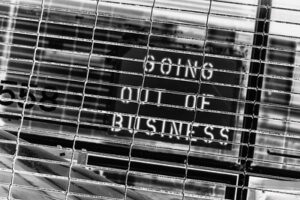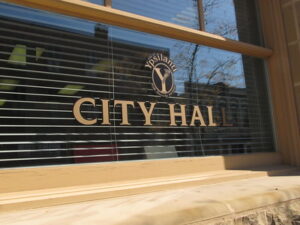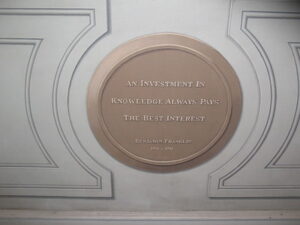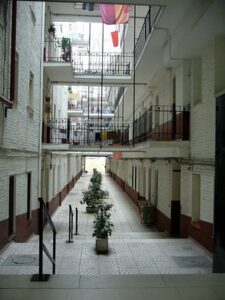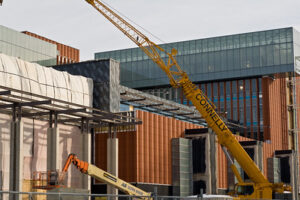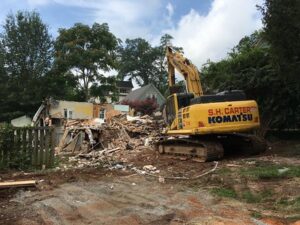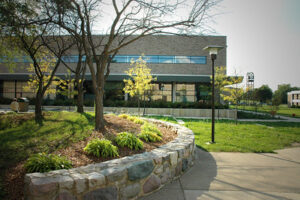In November, voters in California will consider a massive $1.5B bond issue to generate funds to repair and modernize K-12 schools and community colleges throughout the state. The measure seeks taxpayer support for an enormous number of capital projects.
In addition, the state will seek a $10B bond issue to fund environmental and climate related projects. California currently operates 116 community colleges throughout the state. The measure would only provide a fraction of what the California Community College Chancellor’s Office estimates it will need to address an enormous maintenance backlog that will likely crest the $30B mark in the next five years.
Seeking taxpayer assistance for capital projects at the state’s community colleges is California’s only real option for preserving and improving these facilities. If the Chancellor’s Office estimates are correct, each of California’s community colleges will require average investments of $237M over the next five years. That’s more than $47M per year per college.
If nothing else, this should demonstrate the devastation that lack of maintenance can inflict upon public facilities. When an institution lacks a meaningful and consistent approach to facilities maintenance or worse, puts off required maintenance to prioritize other expenses, it compounds the cost of these capital projects. It effectively applies a credit-card style interest rate to delayed maintenance.
For example, WCC delayed the building rehabilitation on the Morris Lawrence Building for a decade. In 2013, WCC estimated the cost of the project to be $3.2M. In 2022, when this “high-priority” work was completed, the total bill was $13.5M. Costs on this project increased by 15.5% every year WCC delayed the work.
Maybe I’m slightly misguided here, since current credit card interest rates are about 25%, but no matter how you slice it, putting off facilities repairs and capital projects gets expensive quick.
Capital projects are cheapest when completed on time
Regularly scheduled maintenance and preventative maintenance are the cheapest kinds of maintenance money can buy. Waiting until something breaks to repair it is expensive. Putting off fixing something that’s already broken is even more expensive. Spending the money you should have spent on maintenance on something else is about the most expensive way to go.
Fortunately, there are industry standards for commercial buildings that provide guidance on how much an organization should be spending annually on maintenance.
Annually – as in EVERY. SINGLE. YEAR.
The rule of thumb is between 2% and 5% of a facility’s complete replacement value. According to WCC’s most recent Capital Outlay Plan, WCC’s complete replacement value is $393.7M. Therefore, the industry standard maintenance budget for WCC is somewhere between $7.9M and $19.7M.
This year,WCC’s maintenance budget is $1.15M, but according to WCC’s year end budget documents, in FY 2020 Budget, the maintenance budget was $750,000.
In FY 2021, the maintenance budget was dropped to $300,000.
In FY 2022, the maintenance budget was $300,000, and in FY 2023, the maintenance budget once was set at $300,000.
And then the campus spilled nearly 10,000 gallons of raw sewage into the Huron River Watershed. This necessitated extensive, expensive, and unplanned repairs to the campus sanitary sewer system.
Everyone should understand that $300,000, or $750,000 or even $1.15M is NOT NEARLY ENOUGH to address the maintenance needs of a 1.2 million square foot educational facility. The cost of putting off maintenance of the campus this year is spending far more money next year, and the year after, and the year after. It is effectively taking out an annual loan at 15.5% to finance the privilege of putting off maintenance.
Is this really how we want our tax dollars being spent?
Photo Credit: Brian, via Flickr

